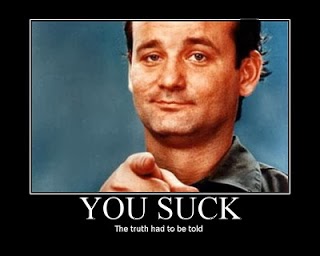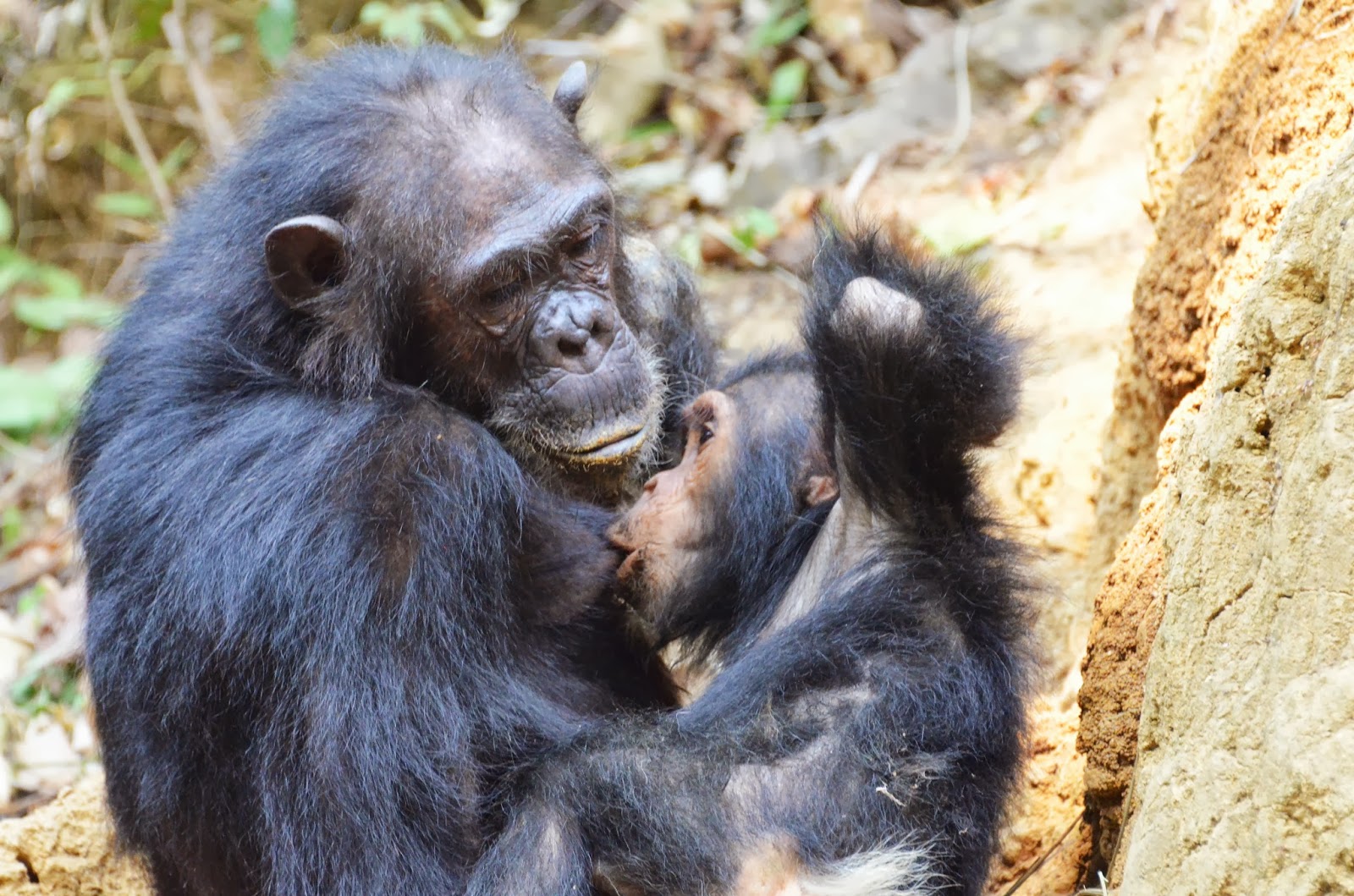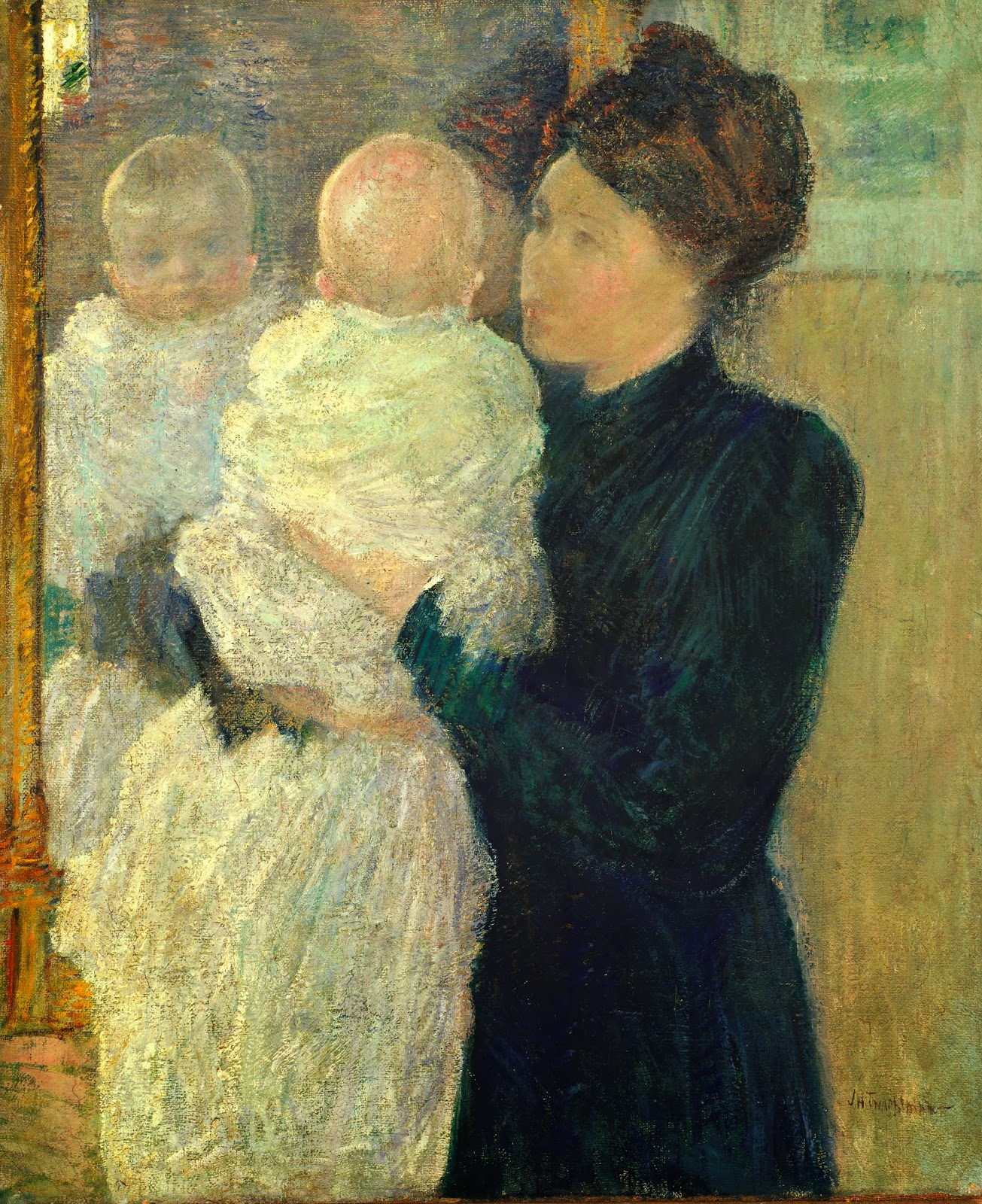Daily Fail Disappoints

Scroll to the bottom to reach updates, the worst aspects of the articles have been fixed :-) 2-14-2014 ~1PM I know you are shocked, simply SHOCKED, to discover that the Daily Fail has egregiously sensationalized my press info/briefing/interviews on my AAAS talk ( and the Guardian replicates those issues in their headline ). They misrepresent my opinions and statements. I won't even link to the ir article s because eff them I think it undermines mothers trying to meet their breastfeeding goals . Italics- "reporting"/headlining. " Dr Katie Hinde, from Harvard, says formula milk should be gender-specific " NOT EVEN CLOSE. I said that there is emerging evidence that the "biological recipe" for milk for sons and daughters may be different in some species and at some times. This motivates doing more research to better understand what human infants may be adapted to expect in milk. In humans there are 5 total studies on milk for sons compared to mil


